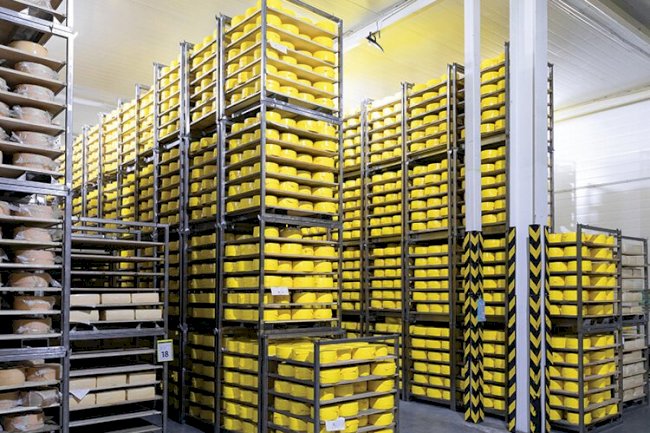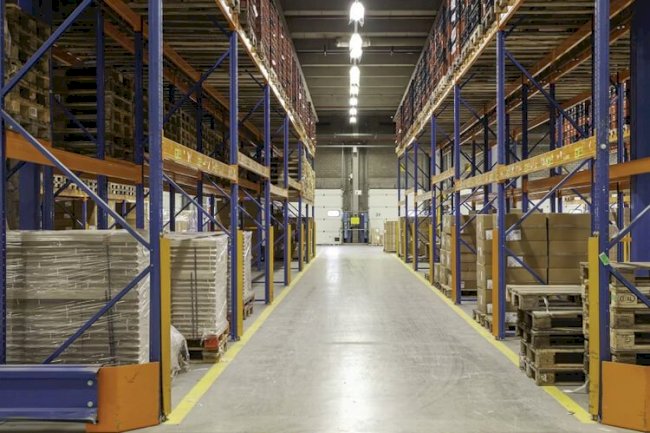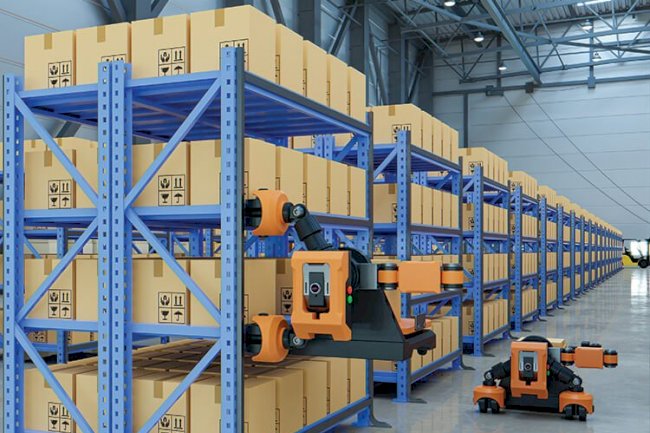Maximizing Efficiency and Organization: A Guide to Optimal Storage Warehouse Management
The Storage Warehouse is a meticulously designed facility dedicated to efficient and organized storage solutions. Equipped with state-of-the-art technology and strategic layout, it offers a secure space for businesses to store their inventory, while optimizing accessibility and minimizing operational complexities. Whether for short-term warehousing needs or long-term storage, the Storage Warehouse provides a reliable solution that ensures items are readily accessible, well-preserved, and efficiently managed.
In today's fast-paced business landscape, the importance of efficient storage warehouse management cannot be overstated. Whether you're running a small e-commerce business or managing a large-scale distribution center, a well-organized storage warehouse can significantly impact your bottom line. Effective storage practices can streamline operations, reduce costs, and improve customer satisfaction. In this guide, we will explore key strategies to help you maximize efficiency and organization in your storage warehouse.
1. Layout and Design: The Foundation of Efficiency
The layout and design of your storage warehouse set the foundation for a smooth and efficient operation. Consider factors such as the flow of goods, accessibility, and space utilization. Implement a layout that minimizes travel time between storage areas and picking stations. Utilize vertical space by installing racks and shelving units to make the most of your warehouse's cubic footage.
2. Smart Inventory Management Systems
Investing in advanced inventory management systems can revolutionize how you track, manage, and organize your warehouse inventory. These systems use technologies like barcodes, RFID tags, and even AI-powered software to provide real-time insights into stock levels, locations, and movement. This data-driven approach helps reduce the risk of overstocking or stockouts, enhancing overall operational efficiency.
3. Categorization and Zone Allocation
Effective categorization and zone allocation can significantly streamline order picking and stock replenishment processes. Classify your products based on factors such as size, demand, and storage requirements. Allocate specific zones for each category to avoid mixing incompatible items. This practice not only expedites order fulfillment but also reduces the likelihood of errors.
4. Implement FIFO and LIFO Systems
For products with limited shelf life, implementing the First-In-First-Out (FIFO) or Last-In-First-Out (LIFO) system is crucial. FIFO ensures that older products are picked and shipped first, reducing the risk of product expiry. LIFO can be beneficial for products that are subject to frequent updates, like technology gadgets. Choosing the right system depends on your product type and industry.
5. Regular Audits and Maintenance
Maintaining an organized storage warehouse requires regular audits and maintenance. Conduct routine checks to ensure inventory accuracy, identify damaged goods, and optimize space usage. Regular maintenance of equipment such as shelves, forklifts, and conveyor belts reduces the chances of operational disruptions.
6. Employee Training and Safety
Efficiency goes hand in hand with employee training and safety. Well-trained staff are more equipped to handle inventory accurately and navigate the warehouse efficiently. Additionally, prioritize safety protocols to prevent accidents and injuries. A safe working environment boosts employee morale and overall productivity.
7. Data-Driven Continuous Improvement
Continuous improvement is a hallmark of successful warehouse management. Collect and analyze data on key performance indicators (KPIs) such as order processing time, stock accuracy, and space utilization. Use these insights to identify bottlenecks and areas for enhancement, making incremental changes that lead to substantial improvements over time.
8. Embrace Technology Advancements
Stay abreast of technological advancements that can further optimize your storage warehouse. Automation, robotics, and artificial intelligence can revolutionize tasks like picking, sorting, and even inventory forecasting. While these technologies require an upfront investment, they can deliver substantial long-term benefits in terms of efficiency and cost savings.
In conclusion, an organized and efficient storage warehouse is a cornerstone of successful business operations. By implementing smart layout designs, leveraging inventory management systems, categorizing products effectively, and embracing technological advancements, you can create a warehouse that operates seamlessly, reduces costs, and enhances customer satisfaction. Remember that the key to sustained success lies in continuous improvement and adapting to changing industry trends.
What's Your Reaction?

























